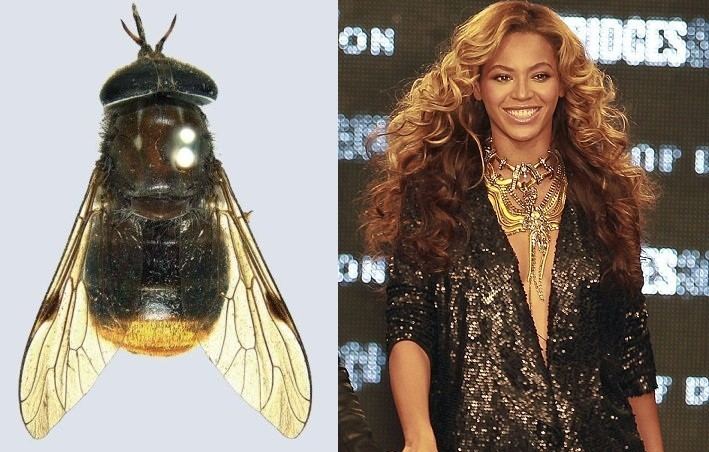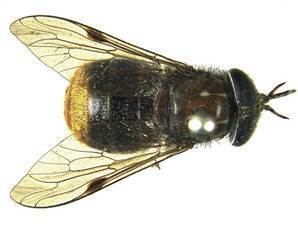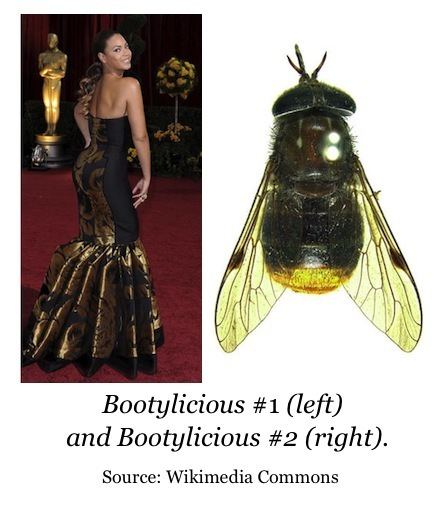Order Diptera Higher classification Scaptia | Family Tabanidae Scientific name Scaptia beyonceae Rank Species | |
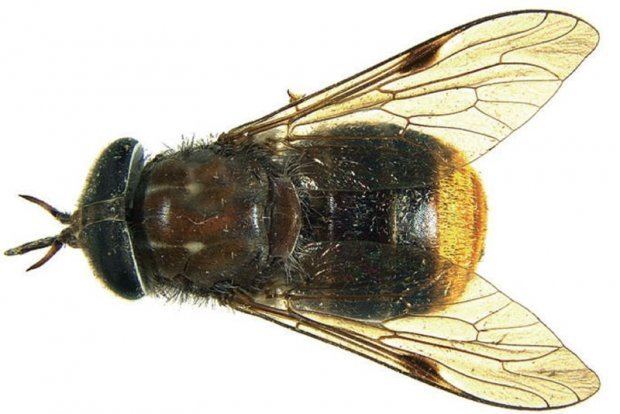 | ||
Similar Scaptia, Insect, Horse‑fly, Fly, Gnathia marleyi | ||
Scaptia beyonceae is a species of horse fly found in the Atherton Tablelands in north-east Queensland, Australia. Discovered in 1981 but not scientifically described until 2011, the fly is named after American recording artist and actress Beyoncé.
Contents
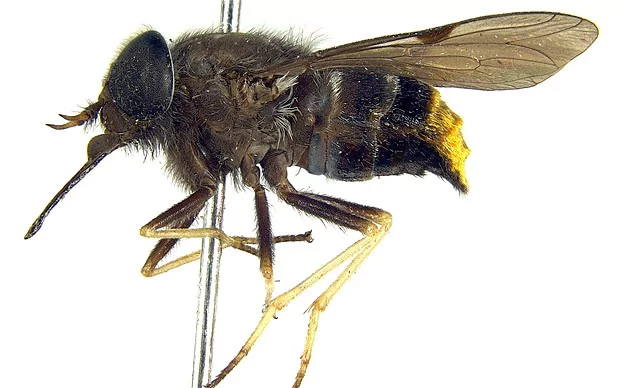
Description
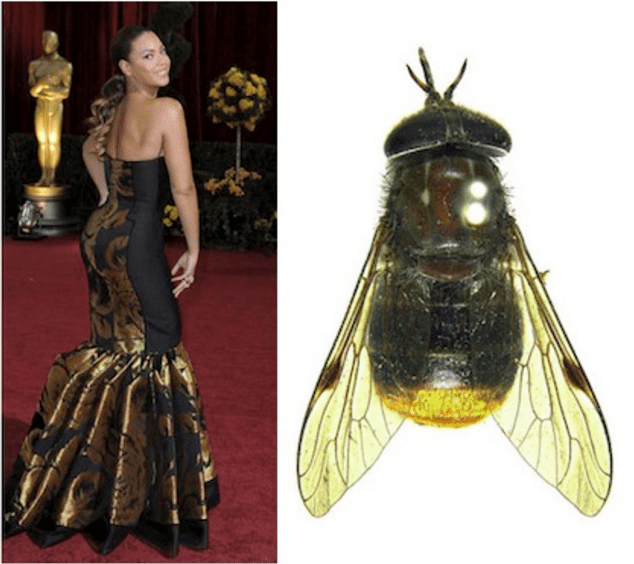
Scaptia beyonceae has a striking golden tip to its abdomen, formed by a dense patch of golden hairs, providing the inspiration for its name. Part of the Plinthina subgenus, S. beyonceae was first collected in 1981, along with two other previously unknown subgenus specimens; the fly was officially described in 2011 by CSIRO research scientist Bryan Lessard. According to Lessard, although usually considered by humans to be pests, many types of horse fly serve an important role in the pollination of plants. The flies drink nectar from several types of grevilleas, tea trees and eucalypts.
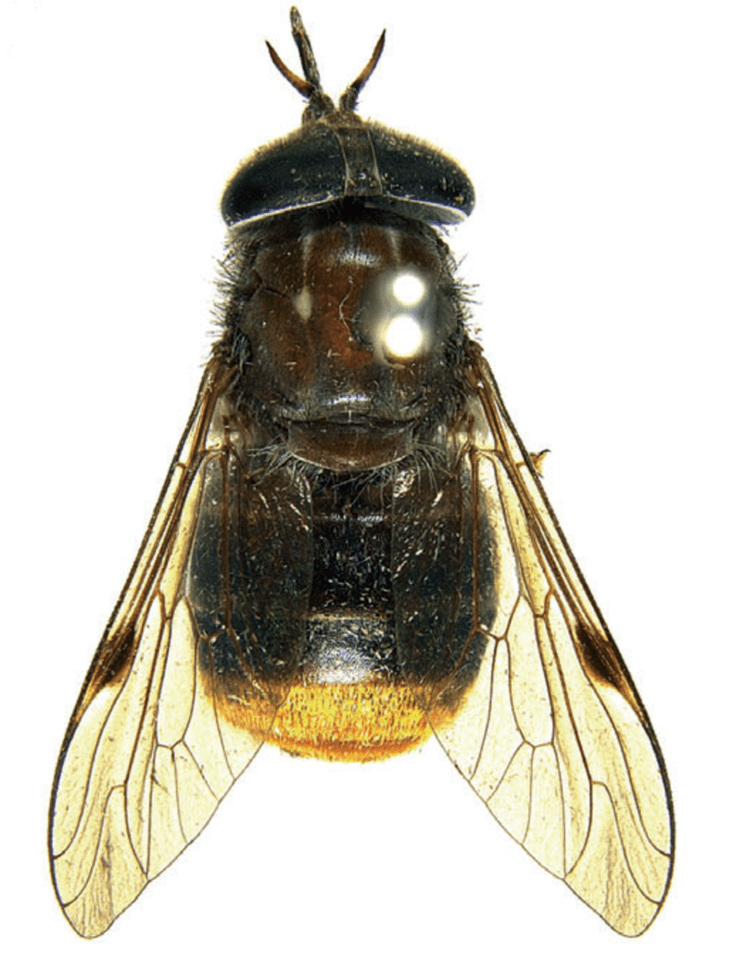
Other than the 1981 specimen, the fly has only been collected on two other occasions. All three collected specimens are female.
Naming
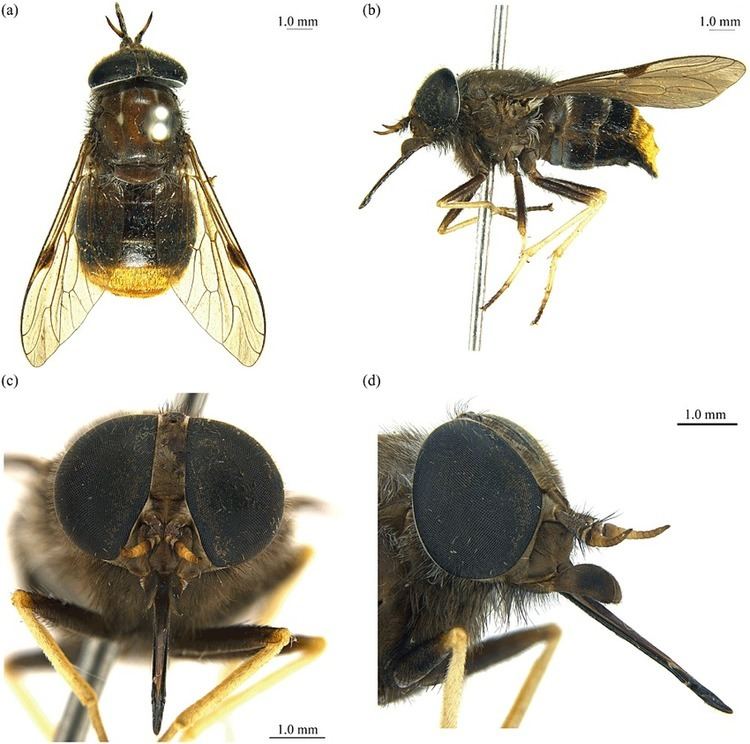
The naming of animal species is required to comply with guidelines established by the International Commission on Zoological Nomenclature (ICZN). The ICZN's guidelines allow for species to receive names that honour people, including celebrities. Other species named after famous people include Hyla stingi, a frog named after the singer Sting; Pachygnatha zappa, a spider named after singer-songwriter Frank Zappa; and three beetle species from the Agathidium genus (A. bushi, A. cheneyi and A. rumsfeldi) named after American politicians George W. Bush, Dick Cheney and Donald Rumsfeld respectively.
